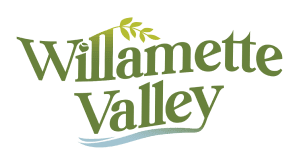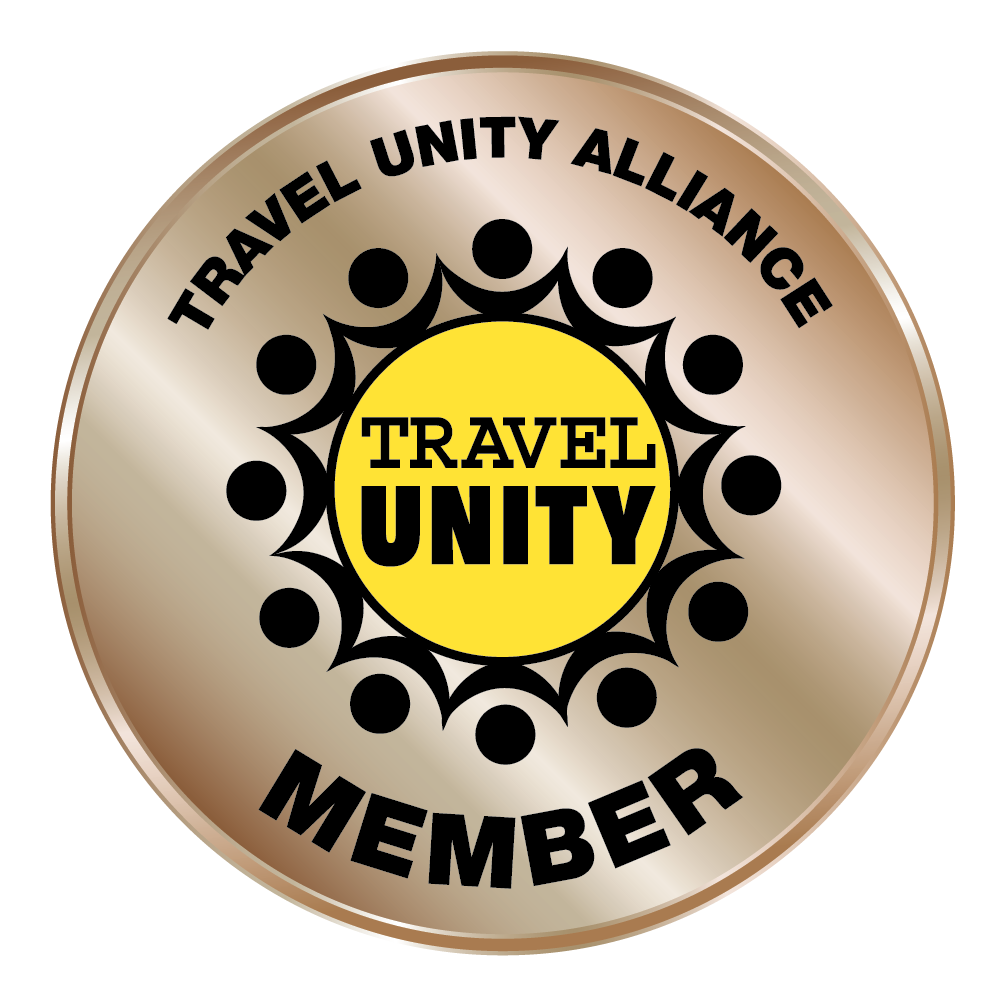Regenerative tourism is changing lives and communities around the world. But what is regenerative tourism, how is it different from sustainable travel, and how can you have a regenerative experience in the Willamette Valley? We’ve put together a guide to help answer those questions and encourage a deeper and more enriching trip to the Willamette Valley.
what is regenerative tourism?
Regenerative tourism is the idea that tourism should be holistically designed to improve host, traveler, community, and environmental well-being and help them flourish and encourage a more sustainable way of traveling and discovering new people and places.
And in the Willamette Valley—where our farmers, vintners, and outfitters work to protect the region’s rich bounty—that means giving visitors the chance to support businesses who are working to leave a positive impact. This ensures our natural resources and communities continue to thrive well into the future.
Curious to learn more? Get the skinny on regenerative travel—complete with a breakdown of what all it means, its many benefits, and how you can have regenerative experiences on your next trip to the Willamette Valley.
When a dramatic wildfire ripped through the Columbia River Gorge in 2017, Kieron Wilde knew the devastation would have impacts for years to come—whether that meant rebuilding trails and removing debris or steeling communities for an influx of visitors while certain areas remained closed.
Today, the chief expedition officer at First Nature Tours is rethinking what eco-friendly tourism looks like and how he can connect travelers with meaningful experiences. Learn more about how Kieron Wilde is helping travelers give back while making memories that last a lifetime.
Tracey Sunflower, along with her husband Noah, took over the Westfir Lodge in 2018—creating a new kind of travel experience in the Cascade Range.
In the five years since opening, the Sunflowers have worked hard to offer a wide range of regenerative travel experiences that include guided outings that deepen connections with the surrounding Willamette National Forest, hosting an on-site yoga room, planting one tree for every overnight stay, and growing fruits and vegetables for the lodge in a nearby garden.
Learn more about what’s happening at the Westfir Lodge—along with what inspired the Sunflowers to take a regenerative-minded approach and how they’re creating community in the great outdoors.
Oak trees once covered the Willamette Valley’s rolling hillsides, creating the ideal habitats for a variety of wildlife and wildflowers. A voluntary conservation agreement, The Oak Accord, aims to help private landowners protect, restore, and even plant new oak trees not only to preserve and expand oak woodlands, but as part of the broader vineyard experience.

Explore this program featuring self-paced courses, online gatherings, and in-person workshops, all based on a 5-phase process that incorporates transformational travel design and regenerative leadership practices, designed by the Transformational Travel Council and a team of regenerative tourism development practitioners.
the transformational travel council
The Willamette Valley Visitors Association (WVVA) recently formalized efforts to champion regenerative travel when it proudly partnered with the Transformational Travel Council (TTC). In doing so, WVVA joined globally recognized change-makers and conscious travel experts to commit to offering transformational experiences.
The TTC believes meaningful travel starts from the inside out. It works to deepen connections to discover meaning through travel experiences to foster personal fulfillment through compassion, stewardship, equality, and belonging. In working with the TTC and other partners, WVVA is creating a wealth of resources for frontline staff to bring this vision to life throughout the Valley.

WVVA’s regenerative and sustainable tourism initiatives are getting noticed. Find out more in the Destination Stewardship Report.
Meet our staff and our board of directors representing each county in the Willamette Valley region.















